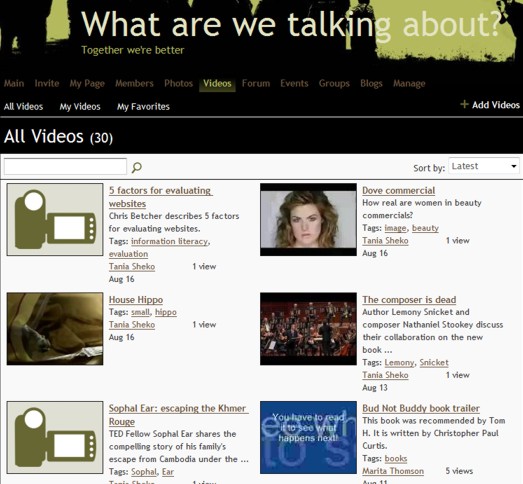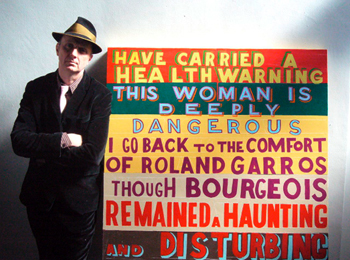
Pablo Picasso
The SLAV conference, ‘Transliteracy, multiliteracy, makerspaces: how can you participate?’ I attended recently (16 August) gave me much to think about, as they always do. The featured address, ‘Ways of seeing’: The visual in Australian curriculum by Helen Kent and Catherine Reid from Melbourne Graduate School of Education, University of Melbourne, highlighted an often neglected area of focus on important visual literacies at the secondary level.
There does seem to be a stronger focus in schools on the analytical responses, and I am concerned that students are missing out if we ignore the visual aspect in favour of what we see as the more important textual analyses. I agree with Helen and Catherine that we need a response to the aesthetics, not just analysis, in our approach to the curriculum. Visual literacy is extremely important in the 21st century, and is particularly engaging to students, and must include affective responses if we want to develop emotional intelligence.
What happens to children who are surrounded by rich visual content in their early childhood and primary years who enter secondary school where this is suddenly cut off? My guess is that, firstly, engagement decreases, and secondly, they miss out on developing the essential skills that come out of visual analysis. It’s not realistic to pretend that we live in an exclusively text-centred world, especially with the immediacy of images and multimedia at our fingertips now.
Are we mistaking visual literacy as being tied exclusively to the Visual Arts? The occasional comic prompt in an English paper? I realise I need to look again at AusVels to see where exactly I can find opportunities for students to articulate an emotional and aesthetic response – History, Civics and Citizenship, Maths and Science, for example, offer the opportunity for aesthetic responses, so I need to have a closer look.
Some takeaways which I’ll follow as leads for futher investigation:
- First We See: the National Review of Visual Education which recommends a whole new pedagogy to deal with visual literacies
- the term ‘wreading’ – interconnected fluid process of learning reading and writing
- Do we need a new term ‘Visualcy’ which describes the connection between literacy and numeracy ?
What we should be looking for is a pedagogy that enables emotional response to visual prompts. We have the Arts and teachers of the Arts to look to in learning about how to develop visual literacy in our students.
One of the questions which arose from the session was ‘Can we assess students’ emotional responses?’ I would be interested in a good conversation about this with people who have a keen interest or experience. In any case, as our speakers said, what is curriculum for? If it’s to guide us in addressing goals and skills acquisition, and if ‘viewing’ is one of the strands, then we should seriously develop this more in our curriculum to align ‘viewing’ with the other strands. Interesting to note that the rationale doesn’t emphasise enough the importance of visuals in Indigenous culture.

Rene Magritte – Ceci n’est pas une pipe
I haven’t summarised the entire content of the two talks, and I don’t intend to. I’d like to share resources I’ve been creating that might be helpful for anybody thinking about resourcing Visual Literacy in their schools. At this stage, my resources are targeted at English teachers, but I’ll make an effort to keep my eye out for visual prompts for different domains. Some of these below may possibly be adapted for others but I haven’t looked at this specifically yet. The images can be deconstructed, used as writing or discussion prompts, but these are just some of the suggestions – it’s really up to the focus of the teacher in deciding how the images can be used. Often they can be used for more than one purpose or approach. So, it’s over to you to think about how some of my collections can be used. Don’t be shy to share your ideas in the comments section of this post. It would make my day.
An old blog, Storyteller, with various writing prompts, including visual.
My Pinterest boards (selection) –
Well, that’s it from me. For now. Hope you’ll share your ideas – look forward to the conversation.




